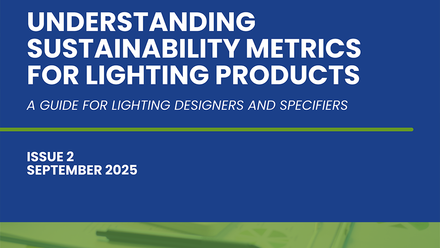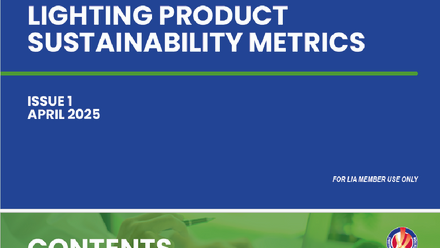The Lighting Sector Shines in Scotland’s Low Carbon Growth Figures
Between 2022 and 2023, jobs across Scotland’s low carbon economy rose by almost 29%, from 26,000 to 33,500, the highest level since records began. Much of this growth came from energy efficient lighting, energy efficient products, and low emission vehicle infrastructure, with each of these sectors creating at least 500 new jobs.
Lighting was identified as one of the largest and most job-rich sectors, employing around 3,800 people, second only to the wider scope ‘energy efficient products’ category, and generating between 19 and 21 jobs per £1 million of turnover. That makes lighting one of the most effective contributors to employment in the low carbon economy.
The ONS defines the energy efficient lighting sector as
the design, manufacture and installation of energy efficient bulbs, tubes, fittings and so on, designed to use less energy to produce the same or greater amount of light.
By contrast, more capital-intensive sectors such as offshore and onshore wind create far fewer jobs relative to turnover. The report urges policymakers to recognise that sectors like lighting, heating, and building retrofit, those that touch people’s daily lives, offer some of the greatest potential for local, high-quality green jobs.
For the UK lighting industry, this reinforces what The LIA has long championed: that lighting is central to the energy efficiency agenda, providing not only measurable carbon savings but also meaningful employment, skills development, and community value.
The LIA has signed the Future Skills Commitment, solidifying our role in building green skills and local talent for the sector’s evolving needs. It aligns perfectly with the growth highlighted in Scotland’s low carbon lighting workforce, ensuring that as demand rises, we are developing the capability, confidence, and skilled careers to sustain it. This is about supporting industry progress and creating future-focused jobs that make a real difference.
However, as we continue to advance energy efficiency, it is equally important to recognise that lighting quality has a profound influence on health, wellbeing, and comfort. A sustainable lighting strategy must therefore balance energy performance with human experience, ensuring that spaces are lit responsibly, efficiently, and in ways that support how people live, work, and thrive.
As Scotland and the wider UK shape future green industrial and skills strategies, it’s vital that energy efficient and quality lighting continues to be recognised as a cornerstone of sustainable growth, supporting both economic opportunity and environmental progress.






